Passengers wait for flights to resume at Kansai Airport after public transport was halted due to Typhoon Lan in 2023. Photo: Kyodo
More than $150 million has been spent to raise sea walls around Kansai International Airport to slow the airport's sinking.
For a long time, Japan's Kansai International Airport (KIX) has continuously won international awards for its efficient architectural design, and was recognized as the world's best airport for baggage handling in 2024.
Despite the rave reviews, KIX is also being warned that it is sinking faster than expected.
Built on an artificial island in Osaka Bay, KIX is one of the largest construction and engineering projects in Japan.
Located on two islands, one covering 510 hectares (1,260 acres) and the second covering more than 1,055 hectares, KIX was built to relieve congestion at nearby Osaka International Airport.
Since welcoming its first passenger flight in 194, the airport has grown into a major hub for both domestic and international flights, with approximately 30.6 million passengers connecting to 91 cities in 25 countries by 2024.
While this figure is impressive, it is a fact that cannot be ignored that the airport has sunk more than originally expected and continues to sink every year.
According to Kansai Airport operator Kansai Airport, the airport's first island is now about 3.84 meters (12.6 feet) lower than when it opened in 1994.
Since the start of backfilling for construction, the airport has experienced an average settlement of 13.66 metres (45 inches).
“Settling” of surface water levels has been a constant concern. The average subsidence was just 6 cm (2.4 inches) at 17 sites on the artificial island last year, according to the latest data released in December.
The situation is worse on the second island, where the surface has sunk 17.47 meters (57.3 feet) since the start of the filling work, and the average subsidence at 54 measuring points last year was 21 centimeters (8.3 inches).
Despite spending more than $150 million to raise the sea walls surrounding the island, some engineers have predicted that in 30 years the entire airport could be submerged.
The islands are built on a 20 meter (65.6 feet) thick layer of alluvial clay, which acts like a sponge.
Despite the installation of 2.2 million vertical drains intended to solidify the clay and limit shrinkage, the weight of the landfill—which included more than 200 million cubic meters (7.6 billion cubic feet) of debris and 48,000 tetrapods—compacted the clay more than expected.
Challenges to face
The challenges facing the airport became clear in September 2018, when it was forced to close completely after being flooded by Typhoon Jebi.
The strongest typhoon to hit Japan has caused $13 billion in damage and left 21 dead across the Pacific .
At KIX, the flooding was also made more severe, as critical infrastructure — including the disaster response center and the electrical substation needed to power the facility — is located in the basement, which was flooded.
About 5,000 people were stranded at the airport without power for more than 24 hours.
According to a statement on the operator's website, the rate of subsidence is slowing and it continues to monitor the airport's foundations, including collecting data on subsidence and seeking advice from academics.
Hiroo Ichikawa, professor emeritus of urban planning and policy at Meiji University, said the islands' subsidence was still under control.
The entire project is a valuable learning experience for other similar artificial island construction plans.
"When it comes to building a second airport for Osaka, many people think that land space for a large construction project would be difficult to implement. Besides, residents are also affected by noise and late-night flights, so the decision to build offshore is seen as a practical solution," said Ichikawa.
According to Mr Ichikawa, the engineering behind KIX is “relatively simple”. Although the islands have subsided, most people knew this was coming and the effects of subsidence were factored into the design.
Mr. Ichikawa also admitted to placing emergency facilities near underground areas prone to flooding.
“Currently, the airport is sinking less than 10 centimeters [4 inches] per year, but the rate is slowing and is manageable. Engineers are constantly monitoring the developments at KIX and are working to limit the subsidence, but nothing is impossible and it is really just a matter of cost,” he said.
However, Mr. Ichikawa also said that KIX has provided valuable lessons for the development of other airports, including Chubu Centrair Airport, which was also built on an artificial island off Nagoya.
Opened in 2005, Centrair is smaller than KIX at just 470 hectares (1,160 acres). It was ranked the world's best regional airport by Skytrax for the 11th consecutive year in 2025 and has reported fewer subsidence problems than KIX.
Source: https://baovanhoa.vn/du-lich/san-bay-quoc-te-tren-dao-nhan-tao-cua-nhat-ban-dang-chim-dan-144138.html


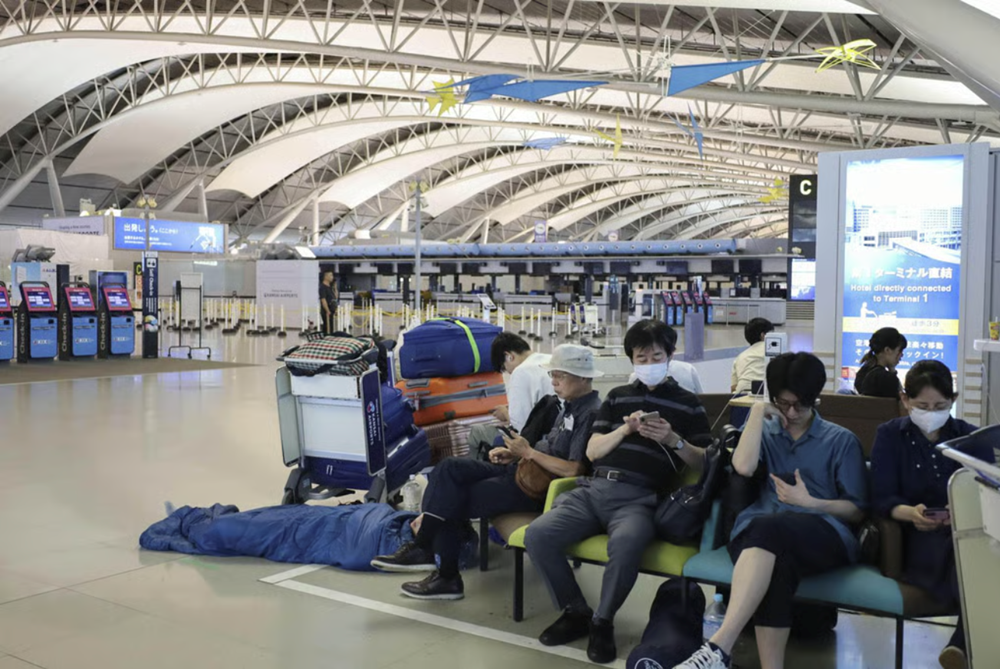

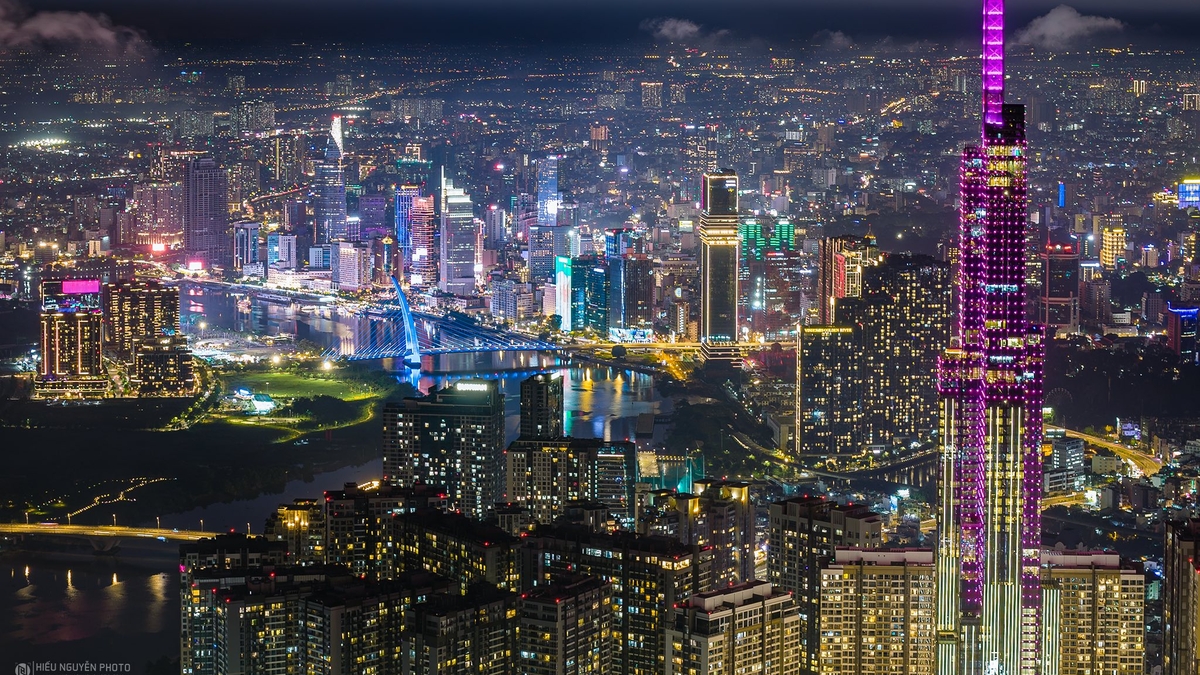
![[Photo] Binh Trieu 1 Bridge has been completed, raised by 1.1m, and will open to traffic at the end of November.](https://vphoto.vietnam.vn/thumb/1200x675/vietnam/resource/IMAGE/2025/10/2/a6549e2a3b5848a1ba76a1ded6141fae)





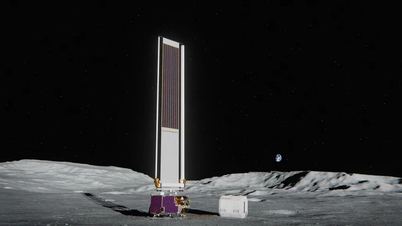









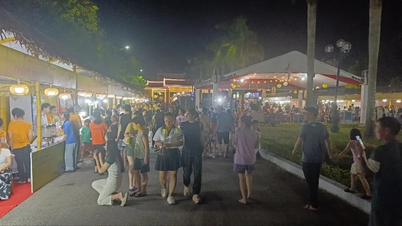






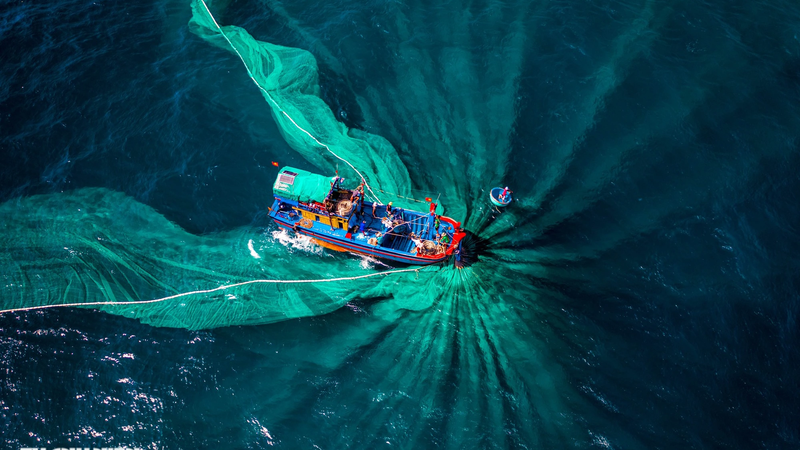





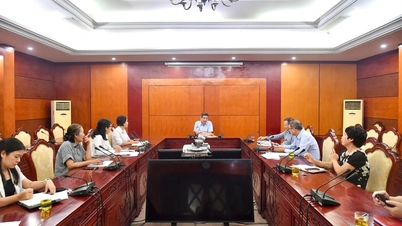


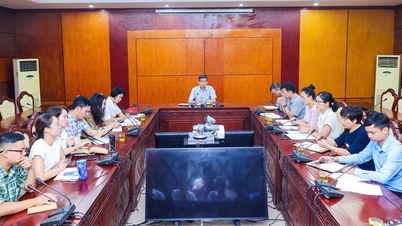

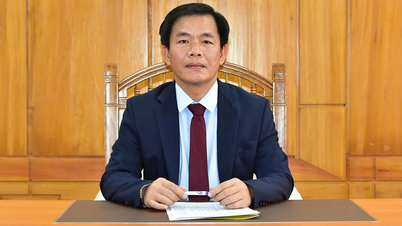







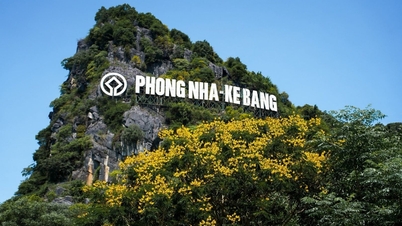














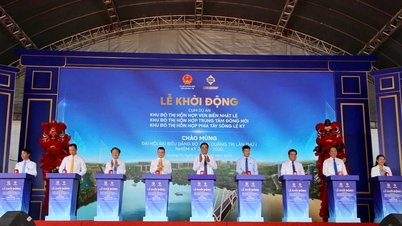










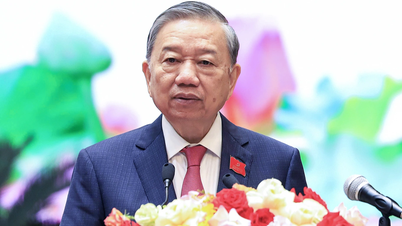

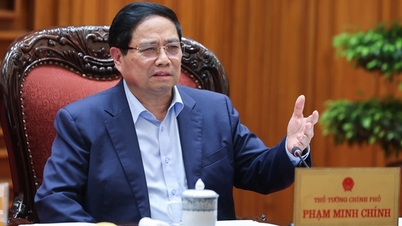








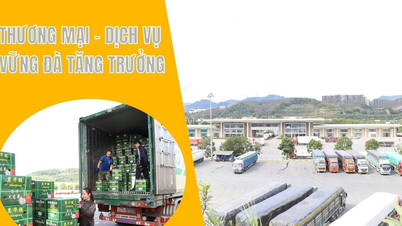
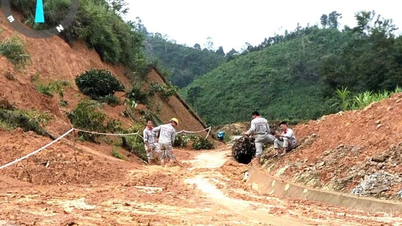










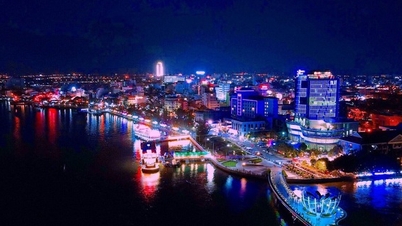





Comment (0)